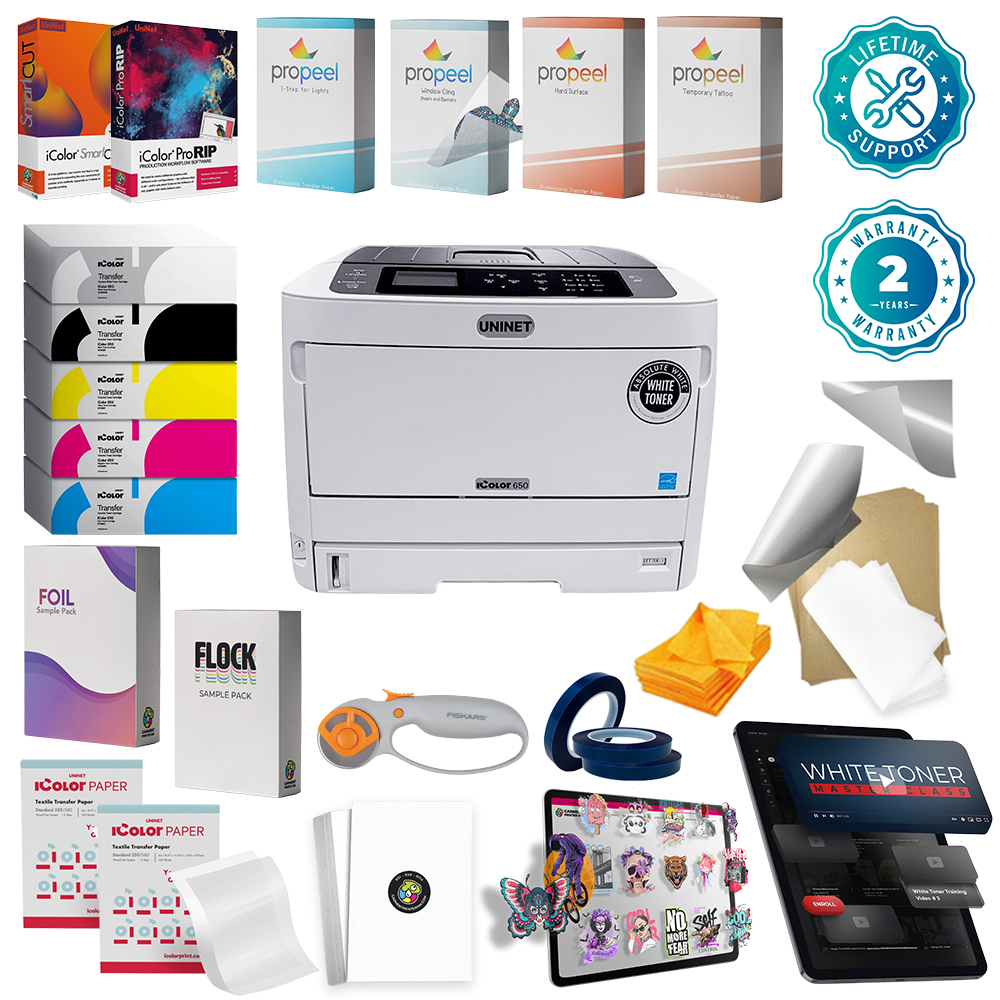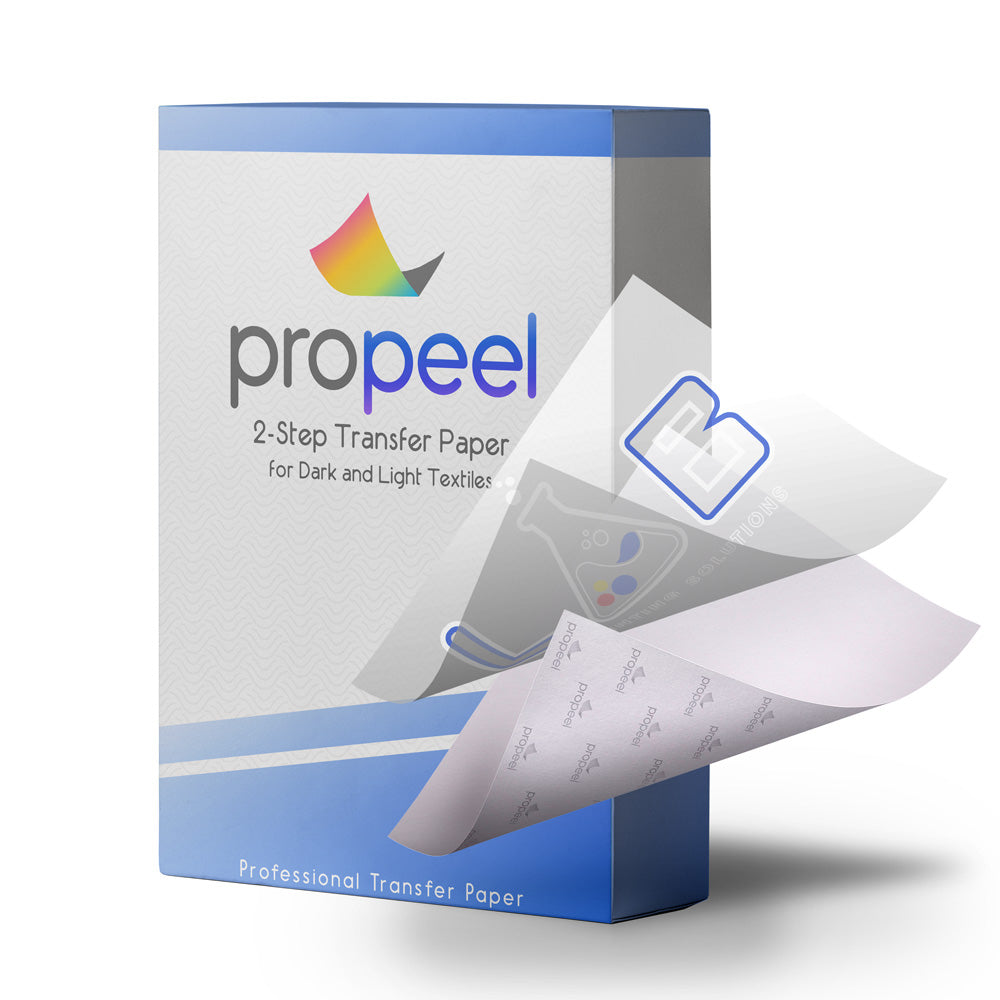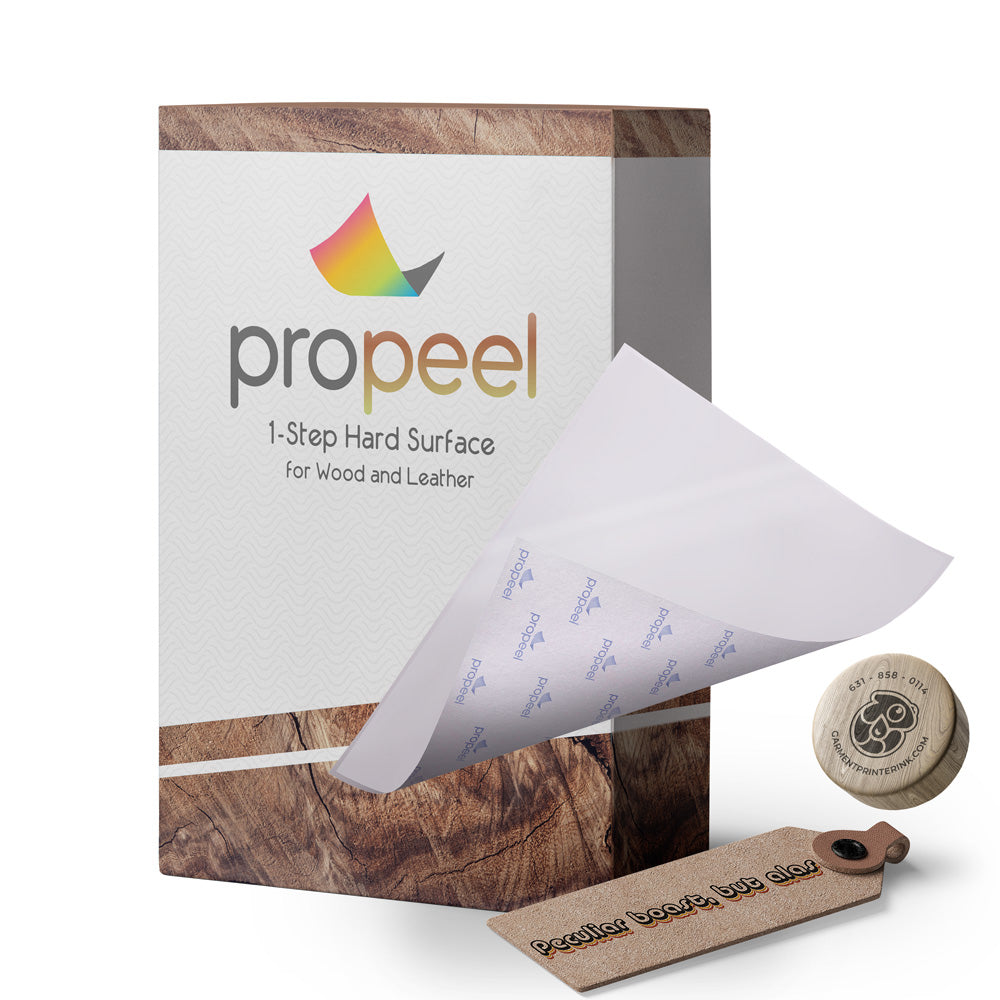Understanding Image Formats And When to Use Them
Dean Armando
Are you familiar with the extensions after your images? There are so many image formats that it’s so easy to get confused! File extensions like .jpeg, .bmp, .gif, and more can be seen after an image’s file name. Most of us disregard it, thinking there is no significance regarding these image formats. These are all different and not cross‐ compatible. These image formats have their own pros and cons. They were created for specific, yet different purposes. What’s the difference, and when is each format appropriate to use?
Every graphic you see online is an image file. Most everything you see printed on paper, plastic or a t‐shirt came from an image file. These files come in a variety of formats, and each is optimized for a specific use. Using the right type for the right job means your design will come out picture perfect and just how you intended. The wrong format could mean a bad print or a poor web image, a giant download or a missing graphic in an email
Most image files fit into one of two general categories—raster files and vector files—and each category has its own specific uses. This breakdown isn’t perfect. For example, certain formats can actually contain elements of both types. But this is a good place to start when thinking about which format to use for your projects.
Raster Images
Raster images are made up of a set grid of dots called pixels where each pixel is assigned a color. Unlike a vector image, raster images are resolution dependent, meaning they exist at one size. When you transform a raster image, you stretch the pixels themselves, which can result in a “pixelated” or blurry image. When you enlarge an image, your software is essentially guessing at what image data is missing based on the surrounding pixels. More often than not, the results aren’t great.
Raster images are typically used for photographs, digital artwork and web graphics (such as banner ads, social media content and email graphics). Adobe Photoshop is the industry‐standard image editor that is used to create, design and edit raster images as well as to add effects, shadows and textures to existing designs
 .
.
CMYK vs RGB
All raster images can be saved in one of two primary color models: CMYK and RGB.
CMYK a four‐color printing process that stands for cyan, magenta, yellow and key (black). These colors represent the four inks that will combine during the printing process. Files saved in this format will be optimized for physical printing.
RGB is a light‐based color model that stands for red, green and blue. These are the three primary colors of light that combine to produce other colors. Files saved in this format will be optimized for the web, mobile phones, film and video—anything that appears on a screen.
Lossy vs. lossless
Each raster image file is either lossless or lossy, depending on how the format handles your image data.
Lossless image formats capture all of the data of your original file. Nothing from the original file, photo, or piece of art is lost—hence the term “lossless.” The file may still be compressed, but all lossless formats will be able to reconstruct your image to its original state.
Lossy image formats approximate what your original image looks like. For example, a lossy image might reduce the amount of colors in your image or analyze the image for any unnecessary data. These clever technical tricks will typically reduce the file size, though they may reduce the quality of your image.
Typically, lossy files are much smaller than lossless files, making them ideal to use online where file size and download speed are vital.
JPEG
JPEG is short for Joint Photographic Experts Group, and is the most popular among the image formats used on the web. JPEG files are very ‘lossy’ because this format discards most of the information to keep the image file size small; which means some degree of quality is also lost.

As shown above, image compression is not that evident at first glance. But if you take a closer look, the JPEG image is not as sharp as the original image. The colors are paler, the lines are less defined and the picture is noisier. If you zoom in there are JPEG artifacts like any other JPEG files.

Almost every digital camera can shoot and save in the JPEG format. JPEG is very web friendly because the file is smaller, which means it takes up less room, and requires less time to upload. Moreover, appears less grainy then GIF because of the way it remaps graphics with more than 256 colors. Since 1994, JPEG has been considered the standard.
Pros of JPEG:
- 24‐bit color, with up to 16 million colors
- Rich colors, great for photographs that needs fine attention to color detail
- Most used and most widely accepted image format
- Compatible in most operating systems (Mac, PC, Linux)
- Ideal for online photos or artwork
- Best for when a quick preview is needed
Cons of JPEG:
- They tend to discard a lot of data
- After compression, JPEG tends to create artifacts
- Cannot be animated
- Not layered or editable
- Does not support transparency
GIF
GIF, short for Graphics Interchange Format, is a lossless raster and is limited to the 8 bit palette with only 256 colors. GIF is still a popular image format on the internet because image size is relatively small compared to other image compression types. GIF is also a widely used web image format, typically for animated graphics like banner ads, email images and social media memes. Though GIFs are lossless, they can be exported in a number of highly customizable settings that reduce the amount of colors and image information, which in turn reduces the file size.


GIF is most suitable for graphics, diagrams, cartoons and logos with relatively few colors. GIF is still the chosen format for animation effects.
Compared to JPEG, it is lossless and thus more effective with compressing images with a single color, but pales in detailed or dithered pictures. In other words, GIF is lossless for images with 256 colors and below. So for a full color image, it may lose a considerable amount of its colors.
One positive of the GIF image format is the interlacing feature, giving the illusion of fast loading graphics. When it loads in a browser, the GIF first appears to be blurry and fuzzy, but as soon as more data is downloaded, the image becomes more defined until all the data has been downloaded.
Pros of GIF:
- Can support transparency on a single color
- Ideal for web animation
- Can support transparency
- ‘Lossless’ quality–contains the same amount of quality as the original, except it only has 256 colors
- Great for images with limited colors, or with flat regions of color
Cons of GIF:
- Only supports 256 colors, not photographic quality or for printed images
- It’s the oldest format in the web, having existed since It hasn’t been updated since, and sometimes, the file size is larger than PNG
- Not layered or editable
BMP
The Windows Bitmap or BMP files are image files within the Microsoft Windows operating system. In fact, it used to be one of the few image formats. These files are large and uncompressed, but are high in quality, simple and compatible in all Windows OS and programs. BMP files are also called raster or paint images.
BMP files can be 8‐bit, 16‐bit or 24‐bit images. When you make a BMP image larger or smaller, you are making the individual pixels larger, and thus making the shapes look fuzzy and jagged.
BMP files are oversized, bitmap files and are not ‘web friendly’, nor are they compatible in all platforms and they do not scale well.

Pros of BMP:
- Works well with most Windows programs and OS, you can use it as a Windows wallpaper
Cons of BMP:
- Does not scale or compress well
- Very big files making it not web friendly
- No real advantage over other image formats
TIFF
TIFF is a lossless raster format that stands for Tagged Image File Format. Because of its extremely high quality, the format is primarily used in photography and desktop publishing. You’ll likely encounter TIFF files when you scan a document or take a photo with a professional digital camera. TIFF files can also be used as a “container” for JPEG images. These files will be much smaller than traditional TIFF files, which are typically very large. TIFF was created by Aldus for ‘desktop publishing’, and by 2009, it was transferred to the control of Adobe Systems. TIFF is popular among common users, but has gained recognition in the graphic design, publishing and photography industry. It is also popular among Apple users.

This image is an example of how a TIFF image looks. Notice the crisp quality and rich colors of the photo. The TIFF image format is easy to use with software that deals with page layout, publishing and photo manipulation via fax, scanning, word processing, etc. TIFF is very flexible, it can be lossy or lossless. TIFF is a rich format and supported by many imaging programs. It is capable of recording halftone image data with different pixel intensities, thus is the perfect format for graphic storage, processing and printing. This makes TIFF the superior raster image format. TIFF supports alpha transparency and natively handles 4 color channels (CMYK instead of RGB) allowing for the
reproduction of true black rather than composite. This format is also a good choice for transfer printing.
Pros of TIFF:
- Very flexible format; it supports several types of compression like JPEG, LZW, ZIP or no compression
- High quality image format, all color and data information are preserved
- Ideal for high quality scanned documents
- TIFF format can be saved with layers
Cons of TIFF:
- Very large file size–long transfer time, huge disk space consumption, and slow loading Don’t use TFF files when working with web graphics
PNG
PNG, or Portable Network Graphics, has been approved as a standard since 1996. It is an image format specifically designed for the web and is quickly becoming one of the most common image formats used online. PNG is, in all aspects, the superior version of the GIF. Just like the GIF format, the PNG is saved with 256 colors maximum but it saves the color information more efficiently. This format has built‐in transparency, but can also display higher color depths, which translates into millions of colors.

Pros of PNG:
- Lossless, so it does not lose quality and detail after image compression
- In a lot ways better then GIF; PNG often creates smaller file sizes than GIF
- Supports transparency better than GIF
- PNG can shrink to a very small file size
Cons of PNG:
- Not good for large images because they tend to generate a very large file, sometimes creating larger files than
- Not all web browsers can support PNG, especially for
- No support for true black (Supports RGB, not CMYK).
RAW
A raw image format contains the unprocessed data captured by a digital camera or scanner’s sensor. Typically, images are processed (adjusted for color, white balance, exposure, etc.) and then converted and compressed into another format (e.g. JPEG or TIFF). Raw images store the unprocessed and processed data in two separate files, so you’re left with the highest quality image possible that you can edit non‐destructively with a photo editing application like Photoshop. There are dozens and dozens of raw formats, but some of the typical formats are CRW (Canon), NEF (Nikon), and DNG (Adobe).

Pros of RAW:
- Best when shooting and editing photos so you can capture the most versatile image ‐ use a compatible photo‐editing application to adjust your image
Cons of RAW:
- Must be converted when posting to the web or for printing
PSD
PSD is a proprietary layered image format that stands for Photoshop Document. These are original design files created in Photoshop that are fully editable with multiple layers and image adjustments. PSDs are primarily used to create and edit raster images, but this unique format can also contain vector layers as well, making it extremely flexible for a number of different projects. A PSD can be exported into any number of image file formats, including all of the raster formats listed above.

Vector Images
Vector images are essentially giant math equations, and each dot, line and shape is represented by its own equation. Every “equation” can be assigned a color, stroke or thickness (among other styles) to turn the shapes into art. Unlike raster images, vector images are resolution independent. When you shrink or enlarge a vector image, your shapes get larger, but you won’t lose any detail or get any pixelation. Because your image will always render identically, no matter the size, there is no such thing as a lossy or lossless vector image type. Vector images are typically used for logos, icons, typesetting and digital illustrations. Adobe Illustrator is the industry‐ standard image editor that is used to create, design and edit vector images (though it can also incorporate raster images, as well).
PDF stands for Portable Document Format and is an image format used to display documents and graphics correctly, no matter the device, application, operating system or web browser. At its core, PDF files have a powerful vector graphics foundation, but can also display everything from raster graphics to form fields to spreadsheets. Because it is a near universal standard, PDF files are often the file format requested by printers to send a final design into production. Both Adobe Photoshop and Illustrator can export straight to PDF, making it easy to start your design and get it ready for printing.
Pros of PDF:
- Best format for printing since its format is so ubiquitous
- Ideal for displaying documents on the web
- Layers allow for easy creation of website or app mockup
- Animation and video can be made, adding graphics, filters and more
- Supports alpha transparency
- Saves in color channels of 256 levels each
Cons of PDF:
- Difficult to edit
EPS
EPS is an image format that stands for Encapsulated PostScript. Although it is used primarily as a vector format, an EPS file can include both vector and raster image data. Typically, an EPS file includes a single design element that can be used in a larger design.
Pros of EPS:
- Ideal for vector logos
Cons of PDF:
- Not for photographs or artwork
AI
AI is a proprietary vector image format that stands for Adobe Illustrator. The format is based on both the EPS and PDF standards developed by Adobe. Like those formats, AI files are primarily a vector‐based format, though they can also include embedded or linked raster images. AI files can be exported to both PDF and EPS files (for easy reviewing and printing), and also JPEG, PNG, GIF, TIFF and PSD (for web use and further editing).
Pros of AI:
- Ideal for the creation and editing vector designs such as logos or icons
- Best for making one page print pieces
- Works best if typesetting features are needed
Cons of AI:
- Not for editing photographs or artwork
Summary
There is no universal image format that is best for all scenarios. Every type of image format has their own advantages and disadvantages. Here is a summation of some of the image formats discussed, their pros and cons, as well as when and where it’s best to use them.
Print Graphics
TIFF is the best choice for professionals when images are intended for print. Its ability to read CMYK and YcbCr color, plus its ability to store such high pixel intensity, makes it the only choice for designers, photographers and publishers.
Web Graphics
PNG, JPEG and GIF are the most web friendly image formats there is. JPEG is great for images when you need to keep the size small, such as when you need to upload it online. If you don’t mind compromising the quality of the image a bit, use JPEG. If you want to keep the size small, but still retain the image quality, use PNG. GIF is the worst choice, although file sizes are very small, and they load very fast. Plus, if you want to add animation effects, use GIF.












